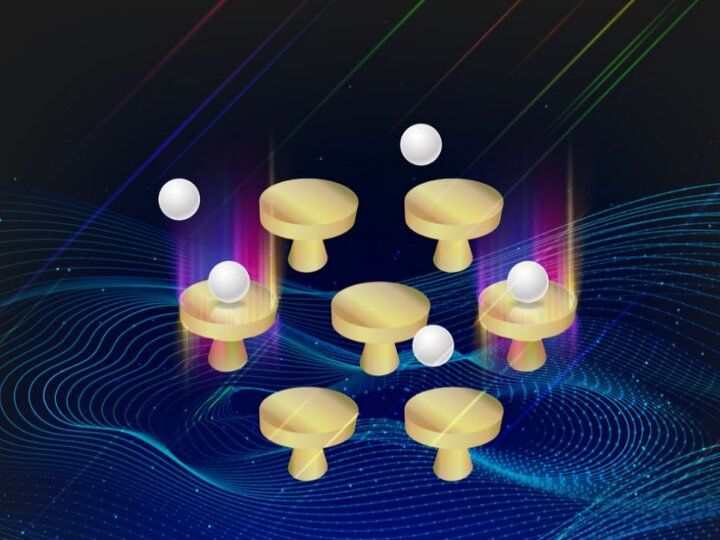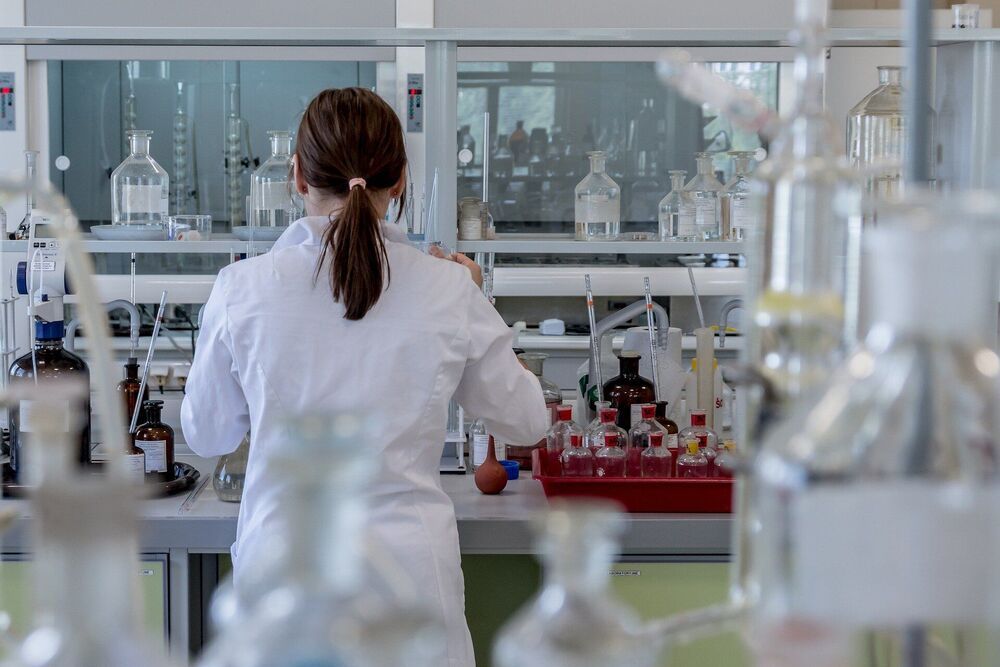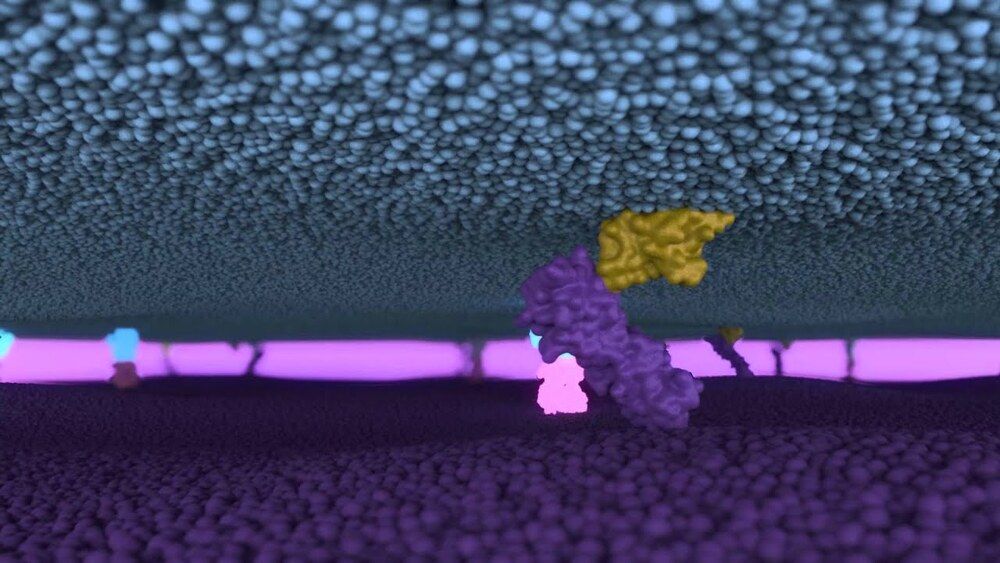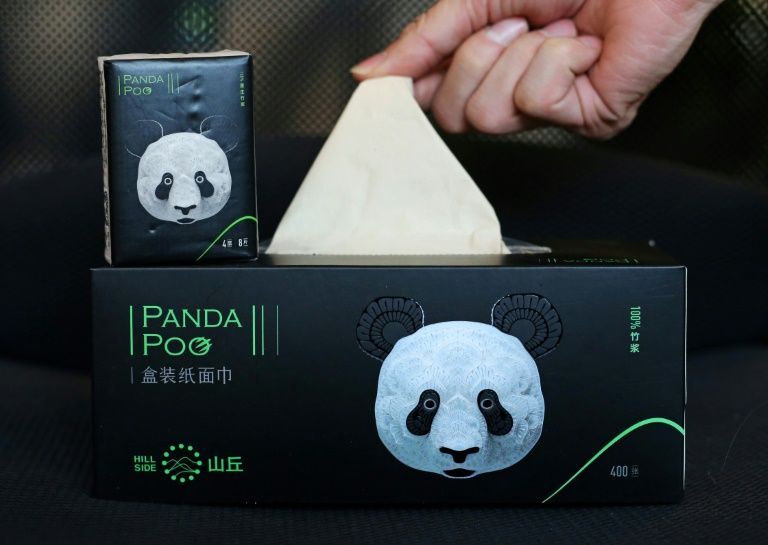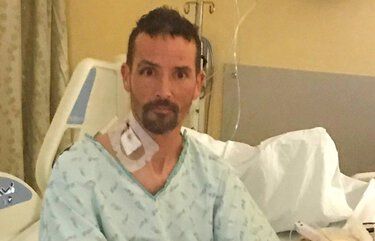Nov 16, 2020
New technology allows more precise view of the smallest nanoparticles
Posted by Saúl Morales Rodriguéz in categories: biotech/medical, nanotechnology
Current state-of-the-art techniques have clear limitations when it comes to imaging the smallest nanoparticles, making it difficult for researchers to study viruses and other structures at the molecular level.
Scientists from the University of Houston and the University of Texas M.D. Anderson Cancer Center have reported in Nature Communications a new optical imaging technology for nanoscale objects, relying upon unscattered light to detect nanoparticles as small as 25 nanometers in diameter. The technology, known as PANORAMA, uses a glass slide covered with gold nanodiscs, allowing scientists to monitor changes in the transmission of light and determine the target’s characteristics.
PANORAMA takes its name from Plasmonic Nano-aperture Label-free Imaging (PlAsmonic NanO-apeRture lAbel-free iMAging), signifying the key characteristics of the technology. PANORAMA can be used to detect, count and determine the size of individual dielectric nanoparticles.
